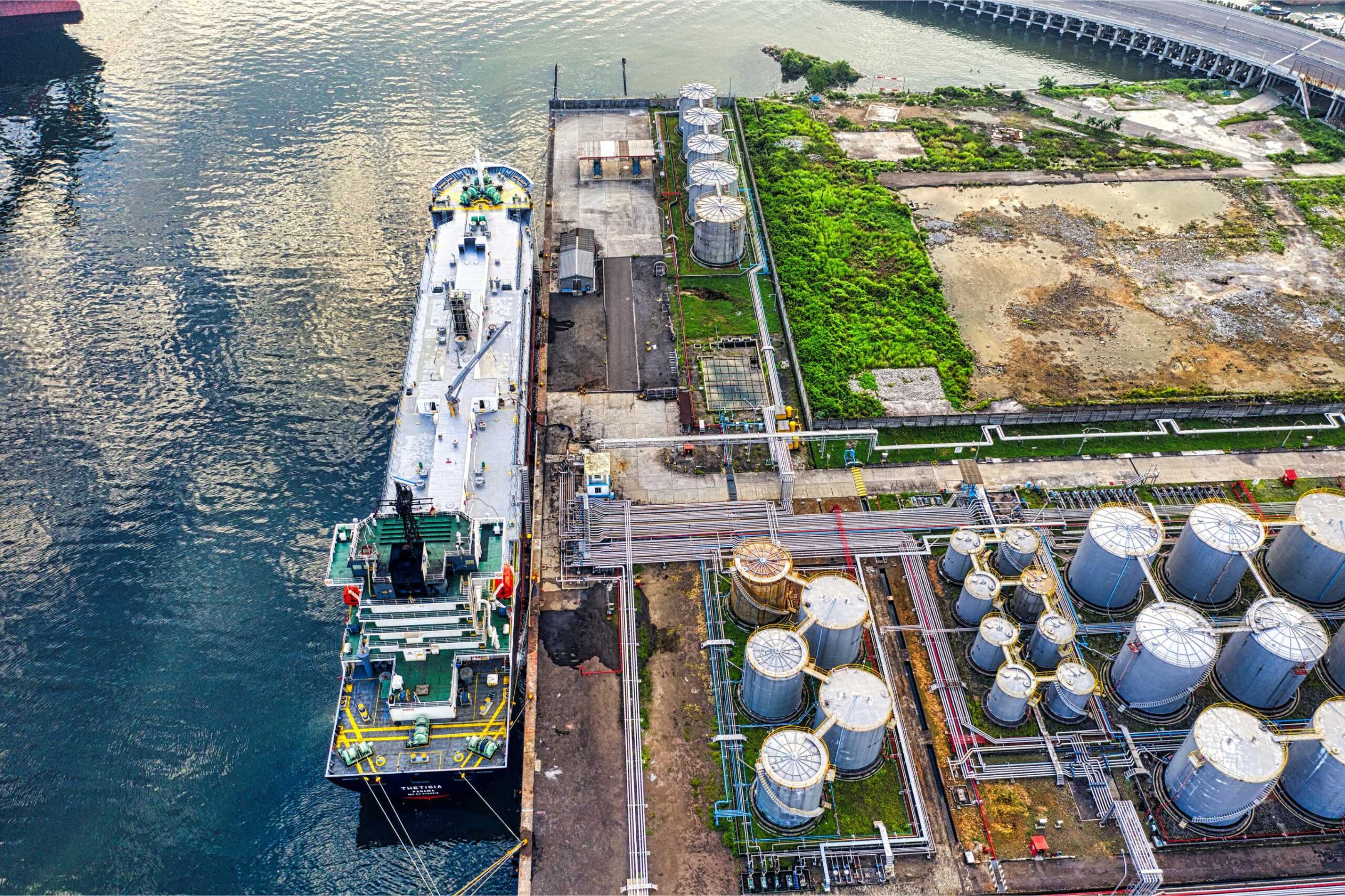
Liquified Natural Gas, or LNG for short, has become integral to the world’s energy supply structure.
Alongside oil and coal, LNG is shipped in bulk worldwide, supplying vital energy to developed nations and emerging countries alike.
China and the Asian region are the largest importers of LNG, and demand is expected to rise rapidly over the coming years as the local economies develop and large chunks of the population are lifted from ’energy poverty’.
As a relatively cheap fuel source, LNG is mainly responsible for levelling the energy playing field as countries like the US, Australia, and Qatar vie for the title of global LNG export king.
LNG is often touted as a cleaner energy source than oil or coal, but it is still a fossil fuel that releases greenhouse gas emissions when extracted and burned.
While natural gas, its source material is a plentiful commodity on planet Earth, questions remain about how much should be left in the ground as we transition to net zero emissions.
In its original form or when supercooled to create its liquified analogue, natural gas is responsible for about a quarter of global energy supplies.
With this much share and as emerging countries demand more cheap and reliable energy sources, it’s hard to see the LNG market freezing any time soon.
But before we delve into future projections, let’s dive into the science of LNG and explore how humans have come to rely on it to provide power to our societies.
The recipe is on the label when we talk about making Liquified Natural Gas.
After extracting natural gas from its underground well, companies process it to reduce its volume, making it suitable and economical for bulk shipping worldwide.
LNG is simply the end product of a significant investment in upstream gas extraction, processing infrastructure and transport technology.
Australia has some of the largest working gas reserves in the world, but more importantly, it has the infrastructure to extract and process large volumes of LNG.
As the war in Ukraine took hold of global energy markets two years ago, demand for LNG rose in line with a decrease in Russian production, delivering premium pricing benefits to major exporters, including Australia.
As the conflict raged, Australia’s domestic LNG industry went through its own boom.
With Europe facing the sudden loss of natural gas piped from Russia, a long-relied-on energy source, buyers on the continent turned to LNG to fill the gap.
Surging demand in Europe drove LNG prices to unparalleled heights, creating a supply squeeze for emerging economies, which depend on LNG for their populations.
Australian Liquified Natural Gas exports soared to a record 81 million tonnes in 2022 and stayed at that level in 2023, making it the world’s largest exporter.
This performance has made LNG one of Australia’s most lucrative industries, although, paradoxically, some local energy companies are calling for more LNG import terminals to be contracted Down Under.
Many of our production units tie up in supply agreements with Asian nations like Japan, leading to this situation.
Coupled with a slowdown in new LNG ventures and increasing concerns about the release of CO2 and methane into the atmosphere, which LNG is known for, the future of the Australian industry becomes a little hazy.
Despite the concerns, Liquified Natural Gas remains a global energy lynchpin, one in which Australia plays a significant role.
Global trade in LNG reached a new record high in 2022.
The International Energy Forum (IEF) report anticipates a 25 percent growth in this trade to 500 million tons annually over the next five years.
In the Asian region, Australia remains a key supplier, with countries like Singapore, Vietnam, and the Philippines expected to drive growth as they continue to develop.
Furthermore, Southeast Asia is set to double its LNG imports in the coming years, solidifying its status as a new industry hotspot.
This is in addition to giants like China and Japan, which consume lots of LNG to keep their economies running.
Any event that impacts the production and supply flow of any major fossil fuel, oil, gas, or coal, has the capacity to upend energy markets, as Russia’s invasion of Ukraine can attest.
Problems may also arise as heavyweights like China raise their LNG import levels. The communist nation now consumes 25% of the global supply.
This seems ok on the surface, but it leaves developing nations potentially priced out of a competitive market and forced to turn to ‘dirtier’ fossil fuels like oil and coal.
As with any interconnected market, and especially in one so vital to modern societies as energy, LNG’s role and value will shift, however, as it stands, we are lucky to have such an abundant and relatively cheap energy source to rely on.
Is dust management a concern for your business? Check out GRT’s SMART Dosing Units.
If you’d like to talk with an expert, simply contact us!
Your feedback is important to us.
If you enjoyed reading this Global Road Technology industry update, please let us know by leaving a REVIEW.
References:
https://www.chevron.com/what-we-do/energy/oil-and-natural-gas/liquefied-natural-gas-lng
https://www.ief.org/news/record-global-lng-trade-to-grow-another-25-in-5-years-ief-report
Are environmental regulations, health and safety concerns or potential profit loss a concern right now?
Contact Us Now